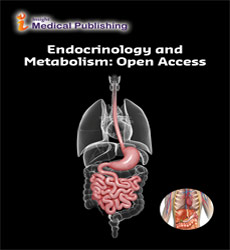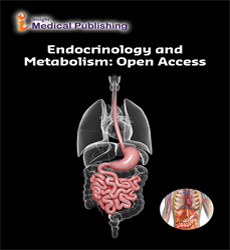Long-term efficacy and safety of anti-hyperglycaemic agents in newonset diabetes after transplant: Results from outpatient-based 1-year follow-up and a brief review of treatment options
Abstract
Background and aims: Evaluation of long-term efficacy and safety of various anti-hyperglycaemic agents (AHA) for glycaemic control in NODAT, in stable kidney transplant recipients (KTRs) during 1- yearoutpatient follow-up. Methods: We collected FPG, PPG, HbA1c, serum creatinine, eGFR, blood tacrolimus level, hypoglycaemiaand body weight values from an existing database of KTRs diagnosed to have NODAT. Those newly initiated on AHA over 3 months post-transplant; received standard triple immunosuppressive therapy; and followed up for 1- year after referral, were included.
Results: In ninety-five patients’ (Male ¼ 65), mean decrease at 1-year from baseline in FPG (185.01 ± 62.11 mg/dL), PPG (293.21 ± 85.23 mg/dL) and HbA1c (8.48 ± 1.08%) was 67.09, 126.11 and 1.4 respectively (p < 0.0001). At 1-year, mean HbA1c was 7.08 ± 0.38%, ninety-one patients achieving HbA1c 7.5%. Fifty-two patients received oral combination therapy based on linagliptin/metformin/ repaglinide/gliclazide, 19 received insulin-based regimen, and 24 received linagliptin monotharapey. Thirty patients reported hypoglycaemia (10 with gliclazide and 15 with insulin) and fifty patients gainedbody-weight at 1-year. Mean serum creatinine and eGFR significantly improved by 0.29 and 15.77 from baseline of 1.56 ± 0.62 mg/dL and 53.95 ± 16.10 mL/min/1.73 m2 respectively.
Conclusions: Significant proportion of NODAT patients achieved long-term glycemic control with improved renal function. Combination therapy was needed in most within 1-year. Linagliptin monotherapywas effective, without producing hypoglycaemia or weight gain.

Open Access Journals
- Aquaculture & Veterinary Science
- Chemistry & Chemical Sciences
- Clinical Sciences
- Engineering
- General Science
- Genetics & Molecular Biology
- Health Care & Nursing
- Immunology & Microbiology
- Materials Science
- Mathematics & Physics
- Medical Sciences
- Neurology & Psychiatry
- Oncology & Cancer Science
- Pharmaceutical Sciences
